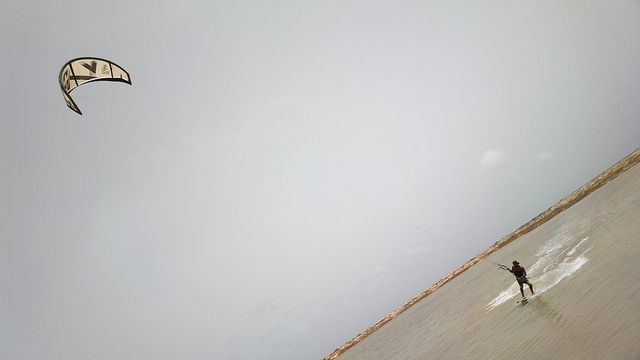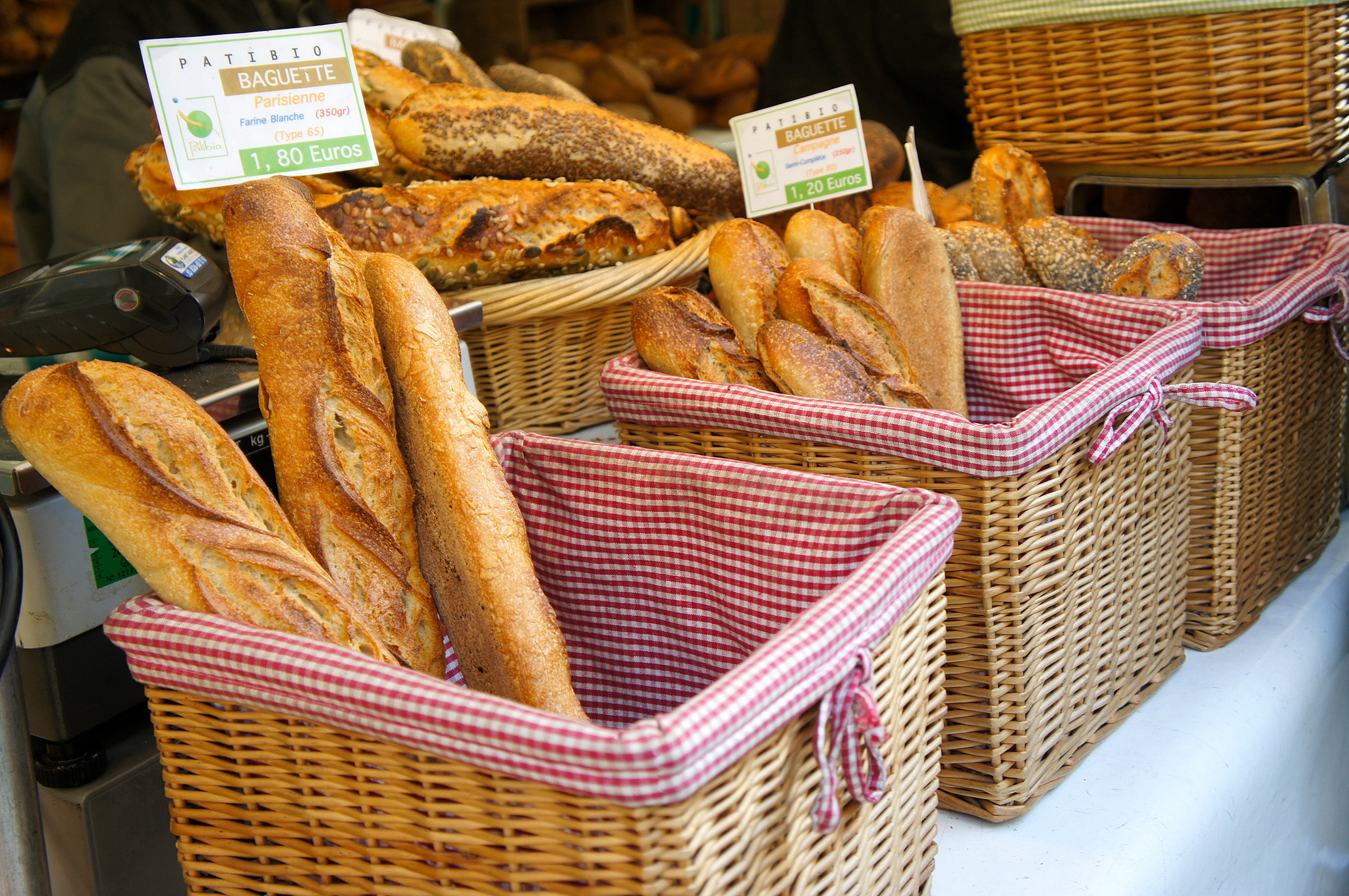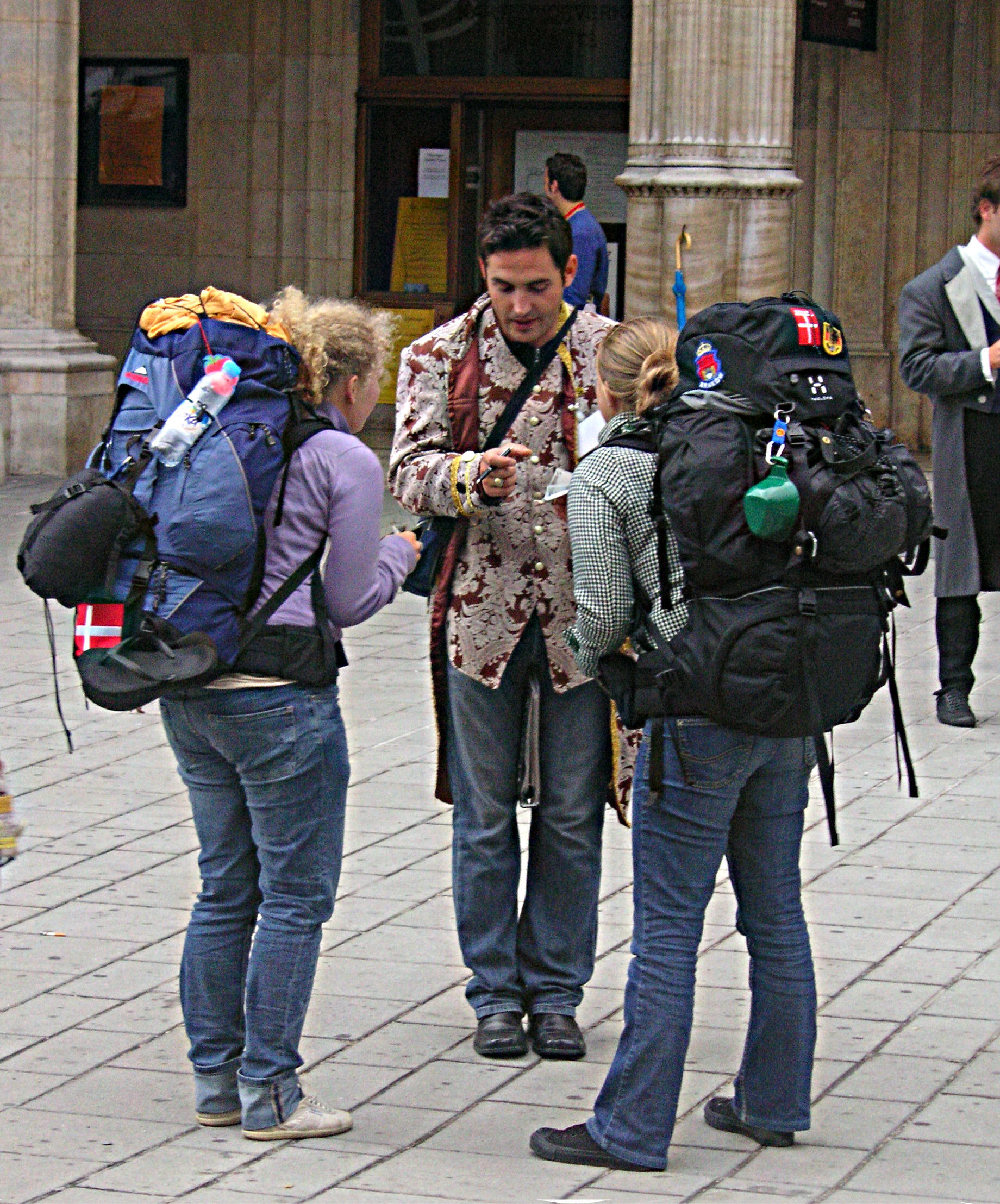Tag Archives: Travel
Tips For Cheap European Travel
GET A EURAIL PASS
A Eurail pass can help you save a lot of money especially if you are travelling across vast countries. Europe boasts of some of the best railways and speed trains across the globe. However, if you buy a single ticket for every time you travel from one point to the next, it may be too expensive. According to sites like this, Eurail passes are a fantastic way to save money when travelling across several countries in Europe. All you need to do is plan your itinerary carefully, to avoid ending in one place twice and book in advance.
EAT LIKE A LOCAL
Have you ever wondered how chameleons survive in the wild? Well, they change their color to match with the environment. This concept should help you as you travel on the cheap in Europe. Avoid the touristy high-end restaurants, cater for yourself in markets, and eat in places where you see most locals, chances are, the food is great and affordable. Eating local dishes also gets a taste of authentic dishes as well as great services. You can also shop for snacks in local department stores and have picnics in any of the numerous parks across UK.
BOOK A LARGE VILLA WHEN TRAVELLING IN A GROUP
Group travelling is always fun and apart from offering safety in numbers in a strange country; it is also a fun way to save money on travel in Europe. Accommodation can really clear your travel budget, and fast, however when travelling as a group, you can enjoy all the comforts of a villa like this and split the cost. Villas are a smart way to save money for groups as they often have more rooms, kitchens to prepare your own meals and offer privacy. Some villas also allow parties on the premises, so you can always party with your friends as you explore Europe.
TRAVEL SECOND CLASS IN TRAINS
Travelling first class is tempting, with all the comforts, but it could end up leaving a huge hole in your pockets. However, travelling second class can cost about 50% off compared to first class but it will still get you to your destination same as the first class. The differences in comfort are always minimal yet the difference in cost is vast, so save money and travel second class.
TRAVEL OFF SEASON
Travelling across Europe when everybody else is on the move can really end up being costly, travel agencies, airlines and hotels are looking up to recover from the low seasons. However, in the low seasons (usually in the winter) you can travel in Europe on the cheap, you can save on flights, hotels, restaurants and avoid long queues in major attractions. During the low seasons, the attractions have fewer tourists and you can be able to visit more attractions than when they are overcrowded. Major cities in Europe such as Paris and London are always fabulous to explore any time of the year, hence travelling during low seasons does not mean missing anything, but it saves you a lot of money.
Quirky Things to do in Paris
Out of all the travel destinations that you have dreamt of during repetitive and boring Biology 101 lectures, Paris with its romantic mystique has stood out among all the world cities that you have lusted over recently.
While all the cliché sights and attractions all appeal to you, you also have a thing for the off-beat highlights of any destination that you visit. In spite of what you might think, Paris is no different in this regard, as it has more than its share of quirky things to do.
Before you hop on that plane to head out on the most fun you’ll have all year though, don’t forget to pre-book your stay to avoid a potential crisis when you get on the ground. Find some accommodation here that will allow you and your friends to have a place that will exceed anything you can find in a hotel or hostel, as well as the peace of mind that comes from having an apartment that is ready and waiting for you upon arrival.
Now that we gotten that necessary advisory out of the way, let’s get down to the business of revealing all the quirky things to do in Paris.
1) Musée de la Magie
If you ever spent a significant portion of your childhood attempting to nail that card or coin trick perfectly, then checking out La Musee de la Magie (The Magic Museum) will be of great interest to you.
Here, artifacts from centuries of magic performances around the world can be found, from the boxes where you watched in horror as that magician’s assistant got sawed in half, to ventriloquist’s puppets that are as mystifying as they are creepy.
2) Le Cimetière des Chiens
The great majority of us have grown up knowing a favorite furry friend. Unfortunately, this also means that we have likely been around long enough to witness their inevitable demise. Most pets in the developed world are either cremated or buried on a private plot of land.
However in Paris, there is a dedicated cemetery where human’s best friends are given over to the earth in the same manner that our human loved ones are. Here, custom tombstones and tributes will touch you and creep you out, often at the same time, while the land’s resident stray cats will also give you the chance to celebrate life as well.
3) The Giant Thumb
This attraction is exactly what the title suggests: it’s a statue of a giant thumb, carved in intricate detail from a piece of metal. Located in Paris’ central business district of La Defense across from the ultra modern version of the Arc D’ Triomphe, its positioning in the midst of what is otherwise a rather sterile business center makes it all the more surreal.
Cape Verde: Africa’s Little Galapagos!
A small, volcanic spattering of lush islands located off the west coast of Africa, Cape Verde enjoys a warm, dry climate, little rainfall and over the past few years, has sharpened its focus on tourism. Cape Verde is actually very easily accessible via plane, so if you’re studying abroad in Europe, it makes a great long weekend trip or spring break destination!
Cape Verde holidays are most famed for the natural beauty of the land and seascapes, and for the cultural legacy of morna, a haunting creole genre of music made famous by singer Cesária Évora. Discovered and settled by the Portuguese in the 15th century, and gaining independence only in 1975, the country now has a population of over half a million, and welcomes around the same number of visitors to its shores each year.
A mixed melting pot of influences will always produce a colorful culinary destination, and Cape Verde is no exception. Its abundance of delicious dishes uses freshly caught seafood including lobster, tuna and squid, while cachupa is the national dish, assembled from rice, meats and beans, and enjoyed in times of celebration. Grogue is the main alcoholic beverage. This heady brew gets its name from the rum concoction enjoyed by pirates used to keep scurvy at bay, and is distilled from sugar cane.
Nature lovers will adore getting up close with the Loggerhead sea turtles. Preservation efforts are being made on the island of Santa Maria, and visitors can visit a turtle hatchery between June and December. It’s even possible in summer months to head out on a guided walk to the beach where the turtles lay their eggs, and to adopt a baby turtle so the good work can continue long after you’ve set off on your journey home.
You can also learn a new skill on Santa Maria, an island famed for its perfect conditions for kite surfing. The English-speaking instructors give one-to-one tuition, and it’s possible to be picked up from your hotel to learn what could swiftly become an obsession. If you prefer your expeditions from the comfort of a boat, it’s also possible to zip out over the waves around the island of Sal, to spot flying fish, dolphins and whales.
 Whether you’re hoping for an active adventure, to learn about animal conservation and sealife, or to enjoy some grogue while tapping toes to the thrum of some traditional folk music, Cape Verde enjoys a unique global position, culture and atmosphere that are well worth further exploration.
Whether you’re hoping for an active adventure, to learn about animal conservation and sealife, or to enjoy some grogue while tapping toes to the thrum of some traditional folk music, Cape Verde enjoys a unique global position, culture and atmosphere that are well worth further exploration.








